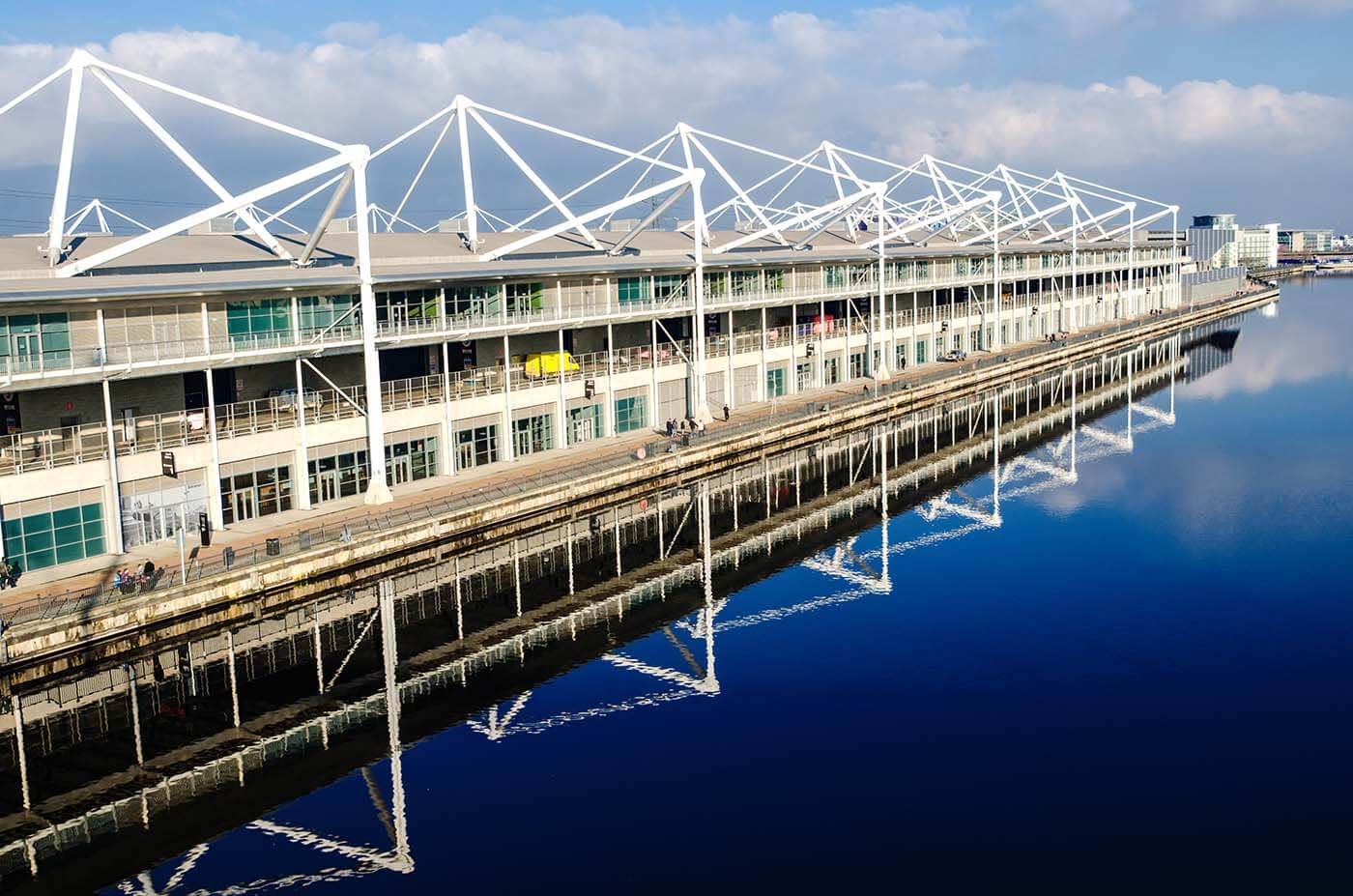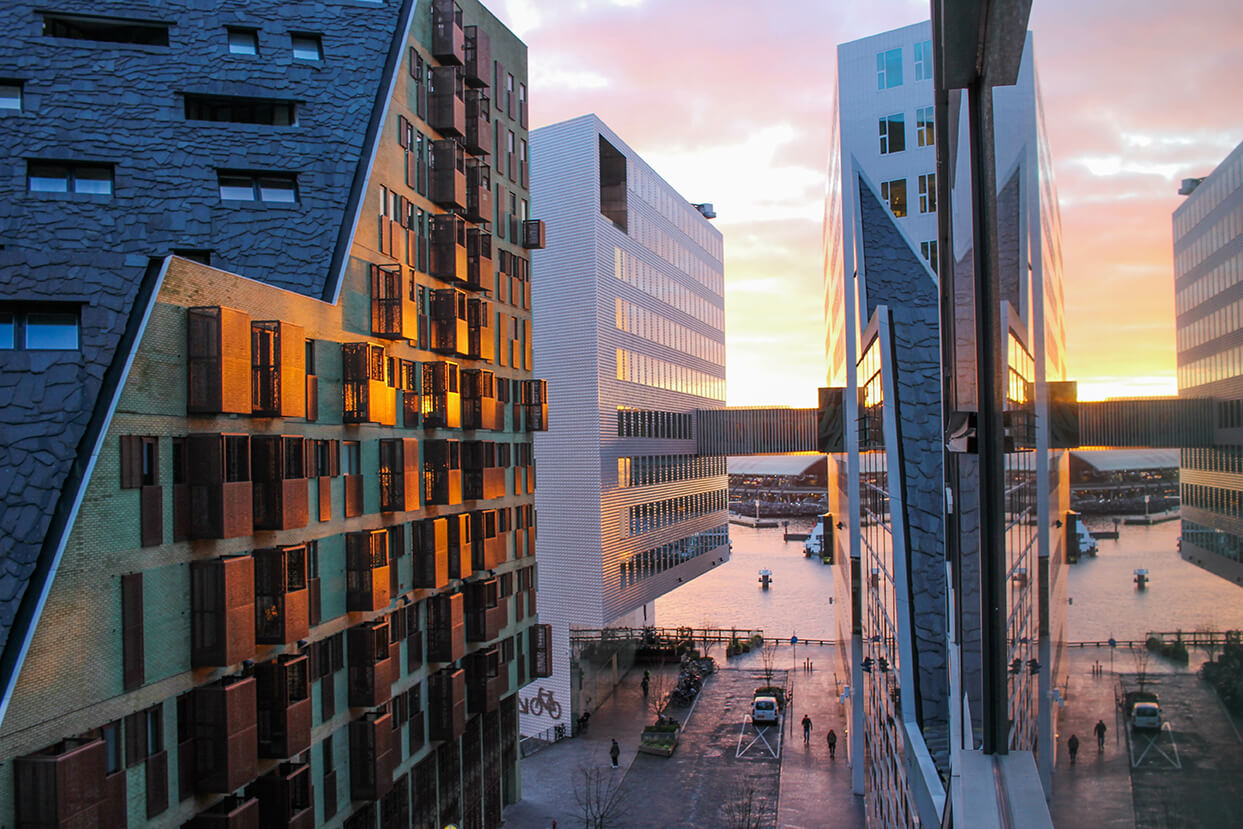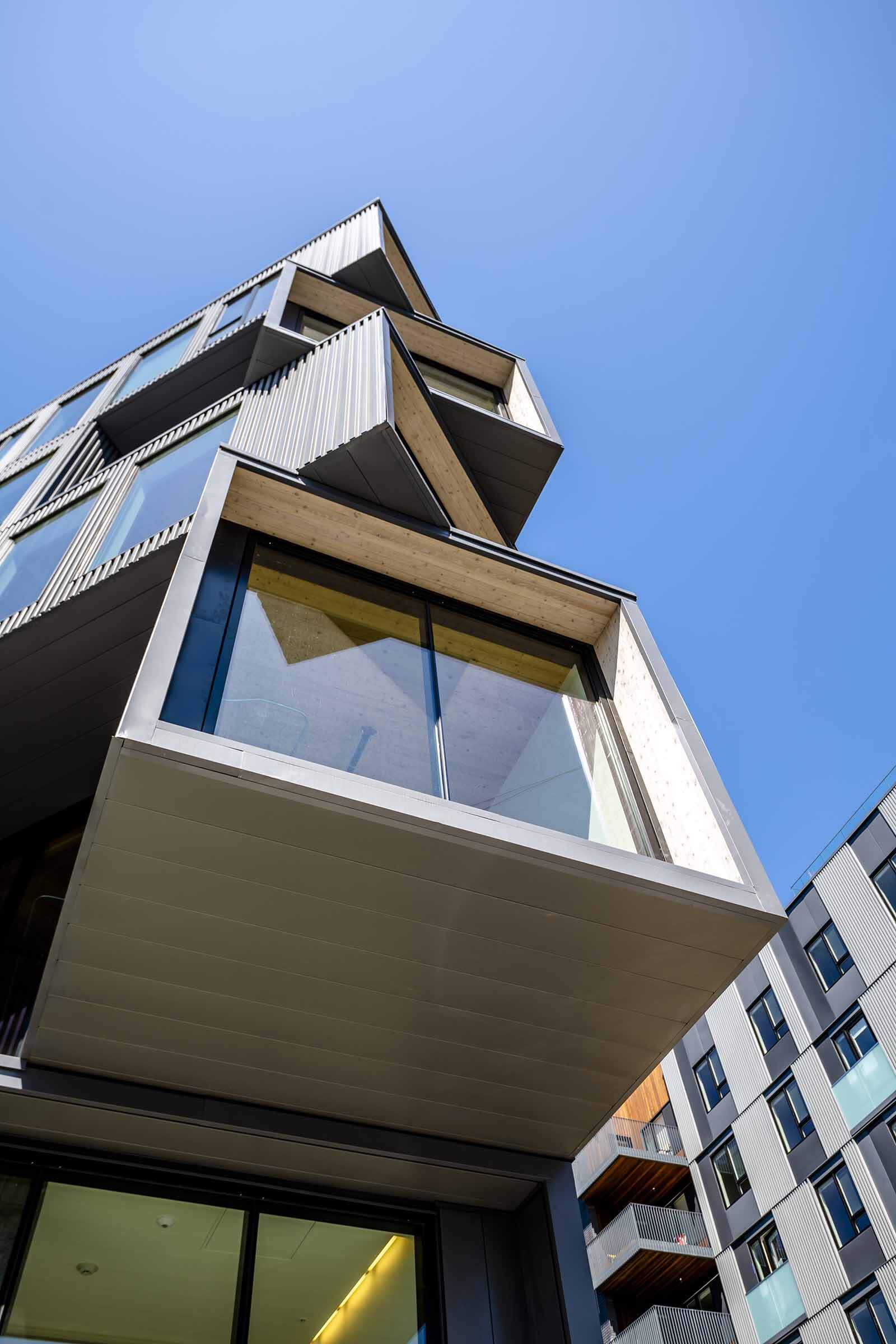Prefabricated construction is a method in which building components of a structure are manufactured then assembled in an offsite facility before being transported to the building site in the form of sub-assemblies. These sub-assemblies can take numerous forms from semi completed to completed panelised systems, to more complete modular/volumetric and even portable systems. With its origins arising from the ever increasing demand for high volume, yet affordable construction solutions, prefabrication adoption has evolved to become the most efficient and sustainable means of constructing to deal with the world’s rapidly increasing and urbanising population.
COST EFFECTIVE
Prefabrication affords its users a significant cost advantage over traditional building practices via two main expense streams. Purchasing and time. Regardless of whether your applications are volume driven, or of a more bespoke nature, building materials can be standardised throughout a build reducing the amount of products required, therefore increasing the purchasing power for those materials that are by increasing the ability to buy in quantity. The greatest reduction in delivery cost though comes from the increase in production efficiency. Offsite and prefabricated methods have been proven to improve construction delivery times by upwards of 30%, therefore reducing the labour requirements and ultimately the labour cost. The simplicity of light gauge steel systems in particular also greatly aids in mitigating the ever increasing skills shortage experienced across the construction sector. The ability to use less qualified labour not only opens up the labour market to the constructor, but also offers yet another reduction to the overall costs of projects.
SUSTAINABILITY
Offsite manufacturing methods using light gauge steel are widely regarded to be the construction industry’s answer to delivering more energy efficient and sustainable building solutions. Traditional building techniques require the full envelope of materials, labour and siteworks to be present onsite throughout the construction process. This results in a significant increase in material waste, time and cost, with most waste failing to be reused and unnecessarily ending up in landfills. A regulated offsite environment for prefabrication ensures safe practices for workers, more accurate and quality assured construction, a reduction in site works and logistics around the building site, and a reduction in waste materials. An increase in production quality therefore has a direct effect on the energy efficiency of the final structure as a result of more accurate components, tighter connections, and better thermal and acoustic performance.
QUALITY & ACCURACY
As prefabricated construction exists in regulated production environments, all manufacturing processes can be strictly controlled and produced to the standards governing them. Traditional building sites and developments are subject to, and depend upon the varying abilities of contractors and the standards they hold themselves to. Assorted inputs across the variety of disciplines of a construction ‘envelope’ can cause dilution in craftmanship, diminishing the quality of the final structure. With prefabrication and offsite production, all components can be manufactured accurately (to >0.25mm in the case of light gauge steel systems) and all sub-assemblies produced repeatedly by the same experienced team, using the same quality control measures, and in an environment free from exposure to the elements, regardless of the time of year. These controlled settings also allow for the materials required to produce to be stored free from exposure to the elements or building site hazards that may compromise their quality and integrity.
IMPROVED CONSTRUCTION TIMES
It is no secret that offsite and prefabrication is the answer to the construction industry’s age old issues. Production and delivery times have experienced increases of 30%-50% (depending on the application) when compared to traditional practices. Light gauge steel systems and offsite manufacturing,
- improves planning and production preparation,
- eliminates weather as a factor
- improves production times through the efficiency of machinery and lean manufacturing techniques
- eliminates delays and logistical issues with sub-contractors.
It also affords companies the ability to assume multiple projects at once in the knowledge they can streamline their production accordingly. A side effect that is conducive for successful business growth on account of being able to spread resource and capital more effectively.
REDUCTION IN SITE DISRUPTION
Building sites and surrounding thoroughfares experience a significant reduction in;
- site personnel,
- site equipment,
- site infrastructure,
- and general traffic.
This is due to the fact that all components and sub-assemblies of a structure are completed prior to delivery in a controlled offsite production environment. Consequently, this is instrumental in reducing the usual concerns a traditional building sites experiences around noise pollution, waste and the leaching of chemicals into surrounding water systems and soil pollution. The streamlined nature of offsite prefabrication as a whole, creates an efficient production environment that is conducive for productivity, whilst effective in eliminating the distractions typical of traditional building sites.
SAFETY
Traditional building sites are exposed to any number of occupational hazards which contribute to the high rates of annual incidents or ‘near misses’ experienced on site and the resulting health costs governments are left to manage. Due to the controlled nature of an offsite construction facility, conditions are dry, there is no wind or changing ground factors to consider, and personnel are not permitted to work unless exhibiting the correct personal protection equipment. On top of that, factories are regularly inspected and audited to ensure they are correctly complying with the laws that govern their operations. As a result, the industry benefits greatly from layers of safety protocol, designed to ensure everyone involved throughout the manufacturing chain is sufficiently protected.
ADAPTABILITY
Prefabrication and light gauge steel construction provides flexibility throughout the building process. From the ability to amend design files, to disassembling structures for relocation or even recycling, the use and adaptability of prefabricated structures can reduce the demand for materials through lineal use, as well as improve reconstruction efficiency and the overall carbon footprint attributed to new build construction.
SUMMARY
Lead by the use of light gauge steel technology, modular manufacturers are becoming increasingly more willing to invest large sums of capital into sustainable systems that can increase their production efficiency, improve manufacturing capacity, whilst not compromising on accuracy, quality or safety. It is clear the early adopters who have paved the way for these modern construction practices have been successful in demonstrating the benefits it promised, however as we now enter the consolidation phase where the technology matures and the practices become even more refined, it appears the benefits explained above will begin to compound in even greater force.






